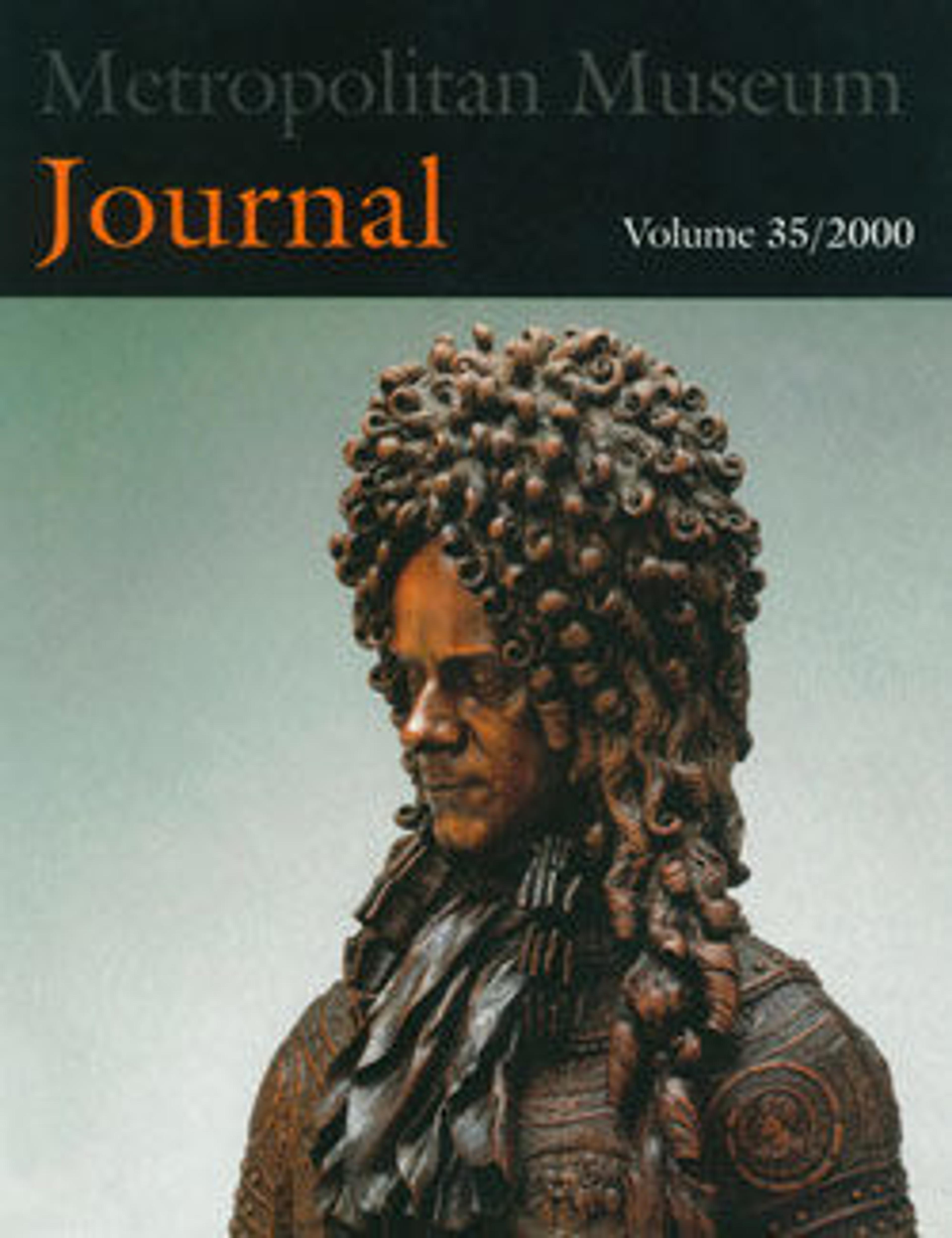The Pardon in Brittany
Like many of his contemporaries, Dagnan-Bouveret was fascinated by the religious customs of Brittany in northern France. In this scene, penitents wearing traditional regional dress proceed solemnly around a church. Some go barefoot or kneel to demonstrate remorse. Annotated drawings on the reverse of the canvas indicate that the painter’s wife posed for the young woman in the foreground. When the picture was shown at the 1887 Salon and the 1889 Paris Exposition Universelle, critics applauded its exactitude—unsurprising, as Dagnan-Bouveret used photographs to aid his work.
Artwork Details
- Title:The Pardon in Brittany
- Artist:Pascal-Adolphe-Jean Dagnan-Bouveret (French, Paris 1852–1929 Quincey)
- Date:1886
- Medium:Oil on canvas
- Dimensions:45 1/8 x 33 3/8 in. (114.6 x 84.8 cm)
- Classification:Paintings
- Credit Line:Gift of George F. Baker, 1931
- Object Number:31.132.34
- Curatorial Department: European Paintings
More Artwork
Research Resources
The Met provides unparalleled resources for research and welcomes an international community of students and scholars. The Met's Open Access API is where creators and researchers can connect to the The Met collection. Open Access data and public domain images are available for unrestricted commercial and noncommercial use without permission or fee.
To request images under copyright and other restrictions, please use this Image Request form.
Feedback
We continue to research and examine historical and cultural context for objects in The Met collection. If you have comments or questions about this object record, please contact us using the form below. The Museum looks forward to receiving your comments.
